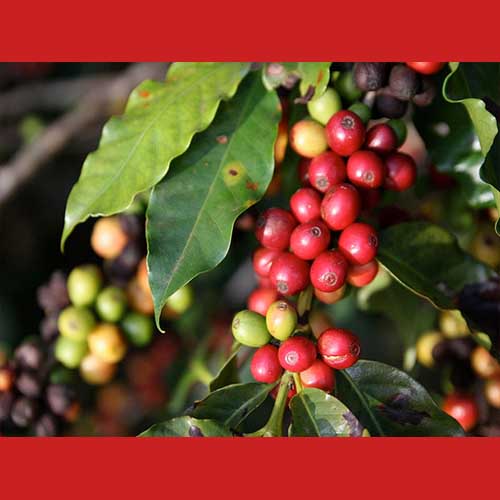 Okay, so here at Sasquatch we have single origin coffee and blends for you to enjoy. But, do you know the difference between a blend and a single origin? If you don’t, this might be worth the read to explain the differences so you can look through our coffees to see what single origin and blend are your favorites.
Okay, so here at Sasquatch we have single origin coffee and blends for you to enjoy. But, do you know the difference between a blend and a single origin? If you don’t, this might be worth the read to explain the differences so you can look through our coffees to see what single origin and blend are your favorites.
Single Origin
Single origin coffee, as a product, gained recognition in 1999 when George Howell founded the Cup of Excellence. Dubbed the “Oscars” of the coffee world, this competition pinpointed its focus on the specific farm — rather than regions or countries — in crowning the year’s best beans. This shrinking spotlight meant purveyors paid more attention to the product when grading, separating at harvest, roasting and cupping. The result is a whole new class of unique and nuanced flavor profiles, each believed to best represent the specific agricultural aspects of a coffee microcosm — the purest pour, if you will. Since the introduction of the Cup of Excellence, the desire to achieve higher quality (and revenue) has led to both broader definitions and further scrutiny as farmers began to produce estate coffees and micro-lot brews.
Although still considered single origin, an estate coffee deviates from a puritan’s path in that it can include the beans from a collection of farms, provided processing takes place at the same central mill. This enables larger farms with multiple plots and plantations (which are similar agriculturally) to combine the best of their bounty when processing takes place. Growers can command premiums for their efforts to produce similarly exclusive products like Kona Premium Estate from Hualalai or Panama’s Carmen Estate.
Micro-lot coffee, on the other hand, narrows its focus to the single field. The rules are strict: there’s little to no allowance for altitude changes across a single plain, and harvesting is constricted to a single day. Debate rages between estate coffee and micro-lot as the true “single origin”, but regardless of your stance on classification, there’s no denying the inherent quality of a product that demands so much attention and scrutiny throughout its life cycle. Beans are sold at auction, and the coffee they produce is readily available — albeit in limited quantities — such as last year’s Nicaraguan winner, Finca Carolina. Whether this microscopic approach translates to a better brew for you, however, remains subjective. It’s something we encourage you to explore.
Blends
Where purists prefer to let a bean’s best stand on its own, the roasters responsible for blending are searching for synergy in a cup. The epitome of their art is on full display when enjoying espresso. To achieve the crema-topped combination of aroma, mouthfeel and sweetness found in favorites like Espresso Rustico, Redline Espresso and People’s Daily, blending is mandatory. This is due to the method of extraction: extreme heat and pressure amplify the natural essences of the coffees, creating an unbalanced brew in some single origin coffees.
And blends aren’t just for espresso. By combining the distinct properties offered by various types of beans, a coffee roaster can tailor flavors to suit an individual’s taste or design a product to appeal to a much broader audience. In fact, coffee companies invest countless dollars in to this practice to develop deeper portfolios and maintain the taste of their best sellers. It should come as no surprise that the biggest movers and shakers in the java world change composition during their product run — all to ensure your morning cup is still good to the last drop.
In some blends, perfection is pursued by combining crops before roasting to allow the various flavors and nuances to meld together in a singular fashion that quite simply can’t be done otherwise. In others, blending post-roast is preferred to develop complexity, maximizing individual profiles of each type of coffee before blending. This is the preferred method when beans of different size, density and moisture content are combined, as roasting requirements will vary. Blending roasted beans is something any aficionado can try at home to create a custom blend –- for example, by combining one measure of French roast with half measures of Colombian and Mocha Java.
SRC: See the original post here: gearpatrol.com/2013/02/18/single-origin-beans-vs-blends-primer/